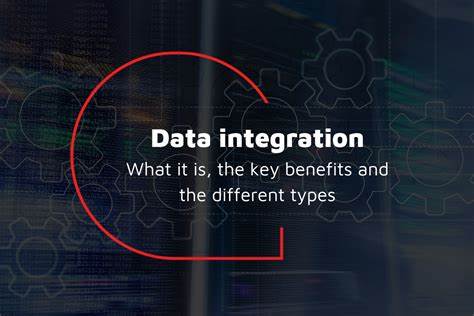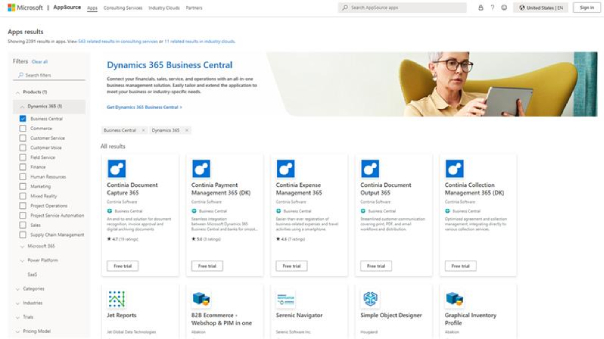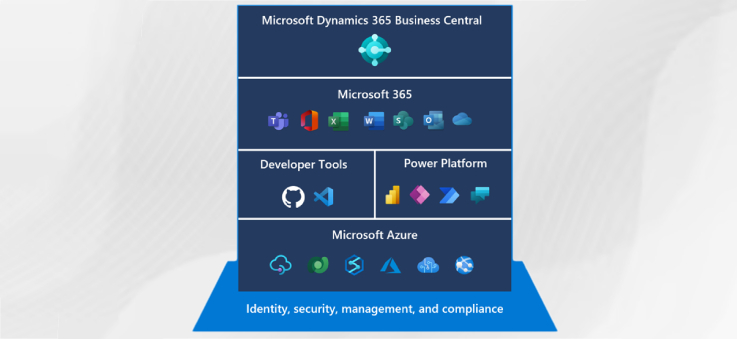In today’s data-driven world, businesses thrive on information. The ability to gather, analyze, and leverage data effectively can make the difference between success and stagnation. However, the sheer volume and diversity of data sources pose significant challenges for organizations seeking to harness their data’s potential. This is where data integration becomes paramount.
Understanding Data Integration
Data integration is the process of combining data from different sources into a unified view, allowing businesses to derive meaningful insights and make informed decisions. It involves harmonizing data formats, resolving inconsistencies, and ensuring data accuracy and completeness.
In essence, data integration breaks down data silos, which are isolated repositories of information within an organization. Siloed data obstructs collaboration, hinders decision-making, and limits the organization’s ability to adapt to changing market dynamics.

- Enhanced Decision-Making: Integrated data provides a comprehensive view of business operations, enabling stakeholders to make well-informed decisions based on accurate and up-to-date information.
- Improved Operational Efficiency: By streamlining data access and eliminating manual data handling processes, integration reduces the time and effort required to retrieve and analyze data.
- Enhanced Customer Experience: Integrated data enables organizations to gain a 360-degree view of their customers, allowing for personalized interactions and targeted marketing campaigns.
- Innovation and Agility: Integrated data lays the foundation for innovation by fostering experimentation and enabling rapid prototyping of new products and services.
Real-World Examples
Consider a retail chain seeking to optimize its inventory management. By integrating data from point-of-sale systems, inventory databases, and supply chain management software, the retailer gains real-time visibility into product demand, stock levels, and supply chain performance. This enables proactive inventory replenishment, minimizes stockouts, and enhances customer satisfaction.
In the healthcare industry, seamless data integration can significantly improve patient care and outcomes. Electronic health records (EHRs), diagnostic reports, and medical imaging data can be integrated to provide healthcare providers with a comprehensive view of patients’ medical history, treatment plans, and test results. This facilitates more accurate diagnoses, personalized treatment approaches, and better coordination among healthcare professionals.
STREAMS Solutions: Empowering Efficient Data Integration
STREAMS Solutions understands the critical role of data integration in driving business growth. With its robust suite of integration tools and expertise, STREAMS Solutions empowers organizations to unlock the full potential of their data assets.
- Unified Data Platform: STREAMS Solutions offers a unified platform for integrating data from diverse sources, including databases, cloud applications, IoT devices, and streaming data sources. Its flexible architecture supports batch and real-time data integration, ensuring timely access to critical information.
- Advanced Data Transformation: STREAMS Solutions provides powerful data transformation capabilities, allowing organizations to cleanse, enrich, and harmonize data across disparate systems. Its intuitive interface enables users to define complex data transformation logic without writing code, accelerating development cycles and reducing implementation costs.
- Scalability and Performance: STREAMS Solutions is designed to scale seamlessly with the evolving needs of businesses. Whether handling terabytes of data or processing millions of transactions per second, STREAMS Solutions delivers unmatched performance and reliability, ensuring uninterrupted access to mission-critical data.
- Comprehensive Data Governance: STREAMS Solutions incorporates robust data governance features, including data lineage tracking, metadata management, and access control mechanisms. These capabilities help organizations maintain data integrity, comply with regulatory requirements, and mitigate risks associated with data breaches and unauthorized access.
Conclusion
In conclusion, data integration is not just a technical challenge; it is a strategic imperative for businesses seeking to thrive in today’s competitive landscape. By breaking down data silos and fostering a culture of collaboration and innovation, organizations can unleash the full potential of their data assets and drive sustainable growth.
STREAMS Solutions stands at the forefront of the data integration revolution, empowering businesses to harness the power of their data and achieve operational excellence. With its comprehensive suite of integration tools and unparalleled expertise, STREAMS Solutions is poised to shape the future of data-driven enterprises.
In an increasingly interconnected world, the ability to integrate data seamlessly has never been more critical. By embracing data integration as a core competency and partnering with a trusted provider like STREAMS Solutions, businesses can unlock new opportunities, drive innovation, and chart a course towards long-term success.





